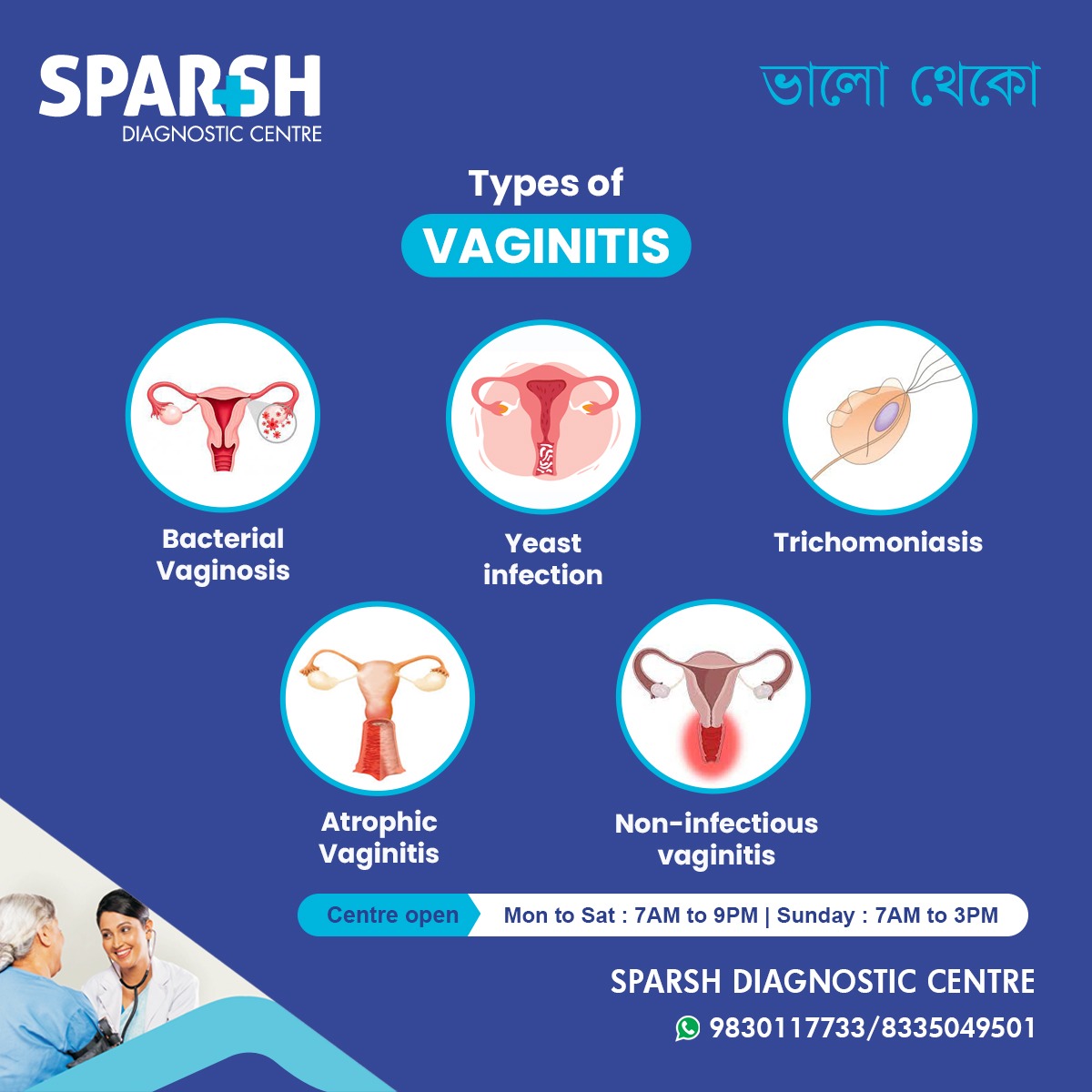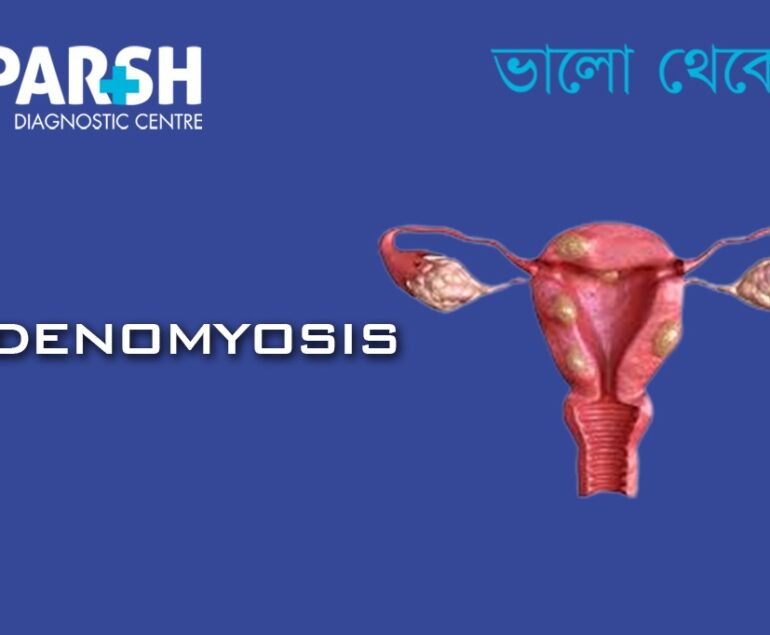Vaginitis is one of the most common gynecological conditions affecting women of all ages. It refers to inflammation or infection of the vagina, which can result in discomfort, unusual discharge, itching, or irritation. While vaginitis is not always serious, it can significantly affect a woman’s quality of life if left untreated.
Understanding the different types of vaginitis, their causes, symptoms, and treatment options is essential for timely diagnosis and management.
In this blog, we will cover:
What vaginitis is
The different types of vaginitis
Causes and risk factors
Symptoms to look out for
Diagnosis and testing
Treatment and prevention
When to see a doctor
FAQs
What is Vaginitis?
Vaginitis is an umbrella term used to describe inflammation of the vagina. It is not a disease in itself but rather a condition caused by infections, hormonal changes, or irritants. Vaginitis can affect women of all ages, though it is most common in reproductive-age women.
The inflammation may be caused by:
Infections (bacterial, fungal, or parasitic)
Hormonal changes (e.g., menopause, breastfeeding)
Allergic reactions (to soaps, detergents, or hygiene products)
Other non-infectious causes (such as poor hygiene or foreign bodies)
Types of Vaginitis
There are several types of vaginitis, each with unique causes and symptoms. The infographic above highlights the five most common types:
1. Bacterial Vaginosis (BV)
Caused by an imbalance of naturally occurring vaginal bacteria.
Risk factors include douching, multiple sexual partners, and poor vaginal hygiene.
Symptoms: Thin, grayish-white vaginal discharge, strong fishy odor (especially after intercourse), mild itching.
2. Yeast Infection (Candidiasis)
Caused by an overgrowth of Candida albicans fungus.
Risk factors include antibiotic use, diabetes, weakened immunity, and hormonal changes.
Symptoms: Thick, white “cottage cheese-like” discharge, intense itching, redness, burning sensation during urination or intercourse.
3. Trichomoniasis
Caused by a sexually transmitted parasite (Trichomonas vaginalis).
Risk factors: Unprotected sex, multiple partners.
Symptoms: Greenish-yellow frothy discharge, strong odor, vaginal itching, burning, pain during intercourse.
4. Atrophic Vaginitis
Common in postmenopausal women due to decreased estrogen levels.
Risk factors: Menopause, breastfeeding, medications that lower estrogen.
Symptoms: Vaginal dryness, itching, burning, discomfort during intercourse, light bleeding.
5. Non-Infectious Vaginitis
Caused by allergic reactions or irritation from hygiene products, soaps, detergents, or clothing.
Symptoms: Vaginal irritation, itching, burning, watery discharge without strong odor.

Causes and Risk Factors of Vaginitis
Several factors can contribute to vaginitis:
Hormonal changes (puberty, pregnancy, menopause)
Unprotected sex and multiple sexual partners
Antibiotic use (kills healthy vaginal bacteria, allowing yeast overgrowth)
Poor hygiene or excessive washing (douching disrupts natural balance)
Diabetes (high blood sugar encourages yeast growth)
Weak immune system
Use of perfumed hygiene products (soaps, sprays, tampons, sanitary pads)
Tight or non-breathable underwear
Symptoms of Vaginitis
While symptoms may vary depending on the type, common signs include:
Vaginal itching or irritation
Unusual vaginal discharge (color, consistency, or smell changes)
Burning sensation during urination
Pain or discomfort during intercourse
Vaginal bleeding or spotting (in some cases)
Vaginal dryness (especially in atrophic vaginitis)
Diagnosis of Vaginitis
At Sparsh Diagnostic Centre, accurate diagnosis is the first step toward treatment. Tests may include:
Medical History & Physical Exam
Doctor asks about symptoms, lifestyle, and menstrual/sexual history.
Pelvic Examination
Visual inspection of the vagina and cervix for redness, swelling, or discharge.
Laboratory Tests
Vaginal swab tests to identify bacteria, yeast, or parasites.
pH test of vaginal fluid (different infections cause different pH changes).
Microscopic examination of vaginal discharge.
Treatment of Vaginitis
Treatment depends on the type and underlying cause:
Bacterial Vaginosis: Antibiotics (oral or vaginal) such as metronidazole or clindamycin.
Yeast Infection: Antifungal medications (creams, suppositories, or oral pills like fluconazole).
Trichomoniasis: Oral antibiotics (usually metronidazole or tinidazole).
Atrophic Vaginitis: Estrogen therapy (creams, tablets, or vaginal rings).
Non-Infectious Vaginitis: Avoiding irritants, switching to mild hygiene products, and using soothing creams or lubricants.
Prevention of Vaginitis
Simple lifestyle changes can reduce the risk of vaginitis:
Maintain proper vaginal hygiene.
Avoid douching and scented hygiene products.
Wear cotton underwear and avoid tight-fitting clothes.
Practice safe sex (use condoms).
Manage blood sugar if diabetic.
Avoid unnecessary antibiotics.
Stay hydrated and eat a balanced diet to support immunity.
When to See a Doctor
Seek medical attention if you experience:
Persistent or recurrent vaginal infections.
Unusual discharge with a strong odor.
Severe itching, burning, or pain.
Pain during sex or urination.
Vaginal bleeding not related to your period.
Prompt diagnosis ensures effective treatment and prevents complications.
Complications of Untreated Vaginitis
If left untreated, vaginitis can lead to:
Recurrent infections.
Increased risk of sexually transmitted infections (STIs).
Pregnancy complications (preterm birth, low birth weight in case of bacterial vaginosis).
Chronic pelvic discomfort.
Vaginitis and Pregnancy
Pregnant women with vaginitis may face additional risks, especially if the infection is bacterial vaginosis or trichomoniasis. Proper diagnosis and treatment during pregnancy are crucial for the health of both mother and baby.
Sparsh Diagnostic Centre – Your Partner in Women’s Health
At Sparsh Diagnostic Centre, we provide comprehensive diagnostic tests for vaginitis, including swab tests, microscopy, and advanced culture techniques. Our expert gynecologists and diagnostic specialists ensure:
Accurate identification of the infection type
Personalized treatment recommendations
Compassionate care in a comfortable environment
FAQ Section
Q1. Can vaginitis go away on its own?
Mild cases may resolve without treatment, but most infections require medical care to avoid complications.
Q2. Is vaginitis the same as a yeast infection?
No. A yeast infection is one type of vaginitis. Other types include bacterial vaginosis, trichomoniasis, and atrophic vaginitis.
Q3. Can men get vaginitis?
Men cannot get vaginitis, but they can carry and transmit the organisms that cause it (e.g., trichomoniasis).
Q4. How is vaginitis different from an STI?
Some types (like trichomoniasis) are sexually transmitted, while others (like yeast infections) are not.
Q5. Can vaginitis affect fertility?
Chronic untreated infections may increase the risk of pelvic inflammatory disease (PID), which can impact fertility.
Q6. Is it safe to treat vaginitis at home?
Over-the-counter treatments are available for yeast infections, but it is best to consult a doctor for accurate diagnosis.
Q7. How can I prevent vaginitis during pregnancy?
Maintain good hygiene, avoid douching, wear breathable underwear, and attend regular prenatal checkups.
Vaginitis is a common condition that can cause discomfort and disrupt daily life. Understanding its types, causes, and treatments empowers women to take control of their reproductive health.
If you notice unusual vaginal symptoms, timely testing and treatment are essential. Sparsh Diagnostic Centre offers accurate diagnostic services to help women receive the right care and maintain optimal health.
👉 Book your appointment today at Sparsh Diagnostic Centre and take the first step toward better women’s health.
#BhaloTheko
Disclaimer:
No content on this site, regardless of date, should ever be used as a substitute for direct medical advice from your doctor or other qualified clinician.

![]()





